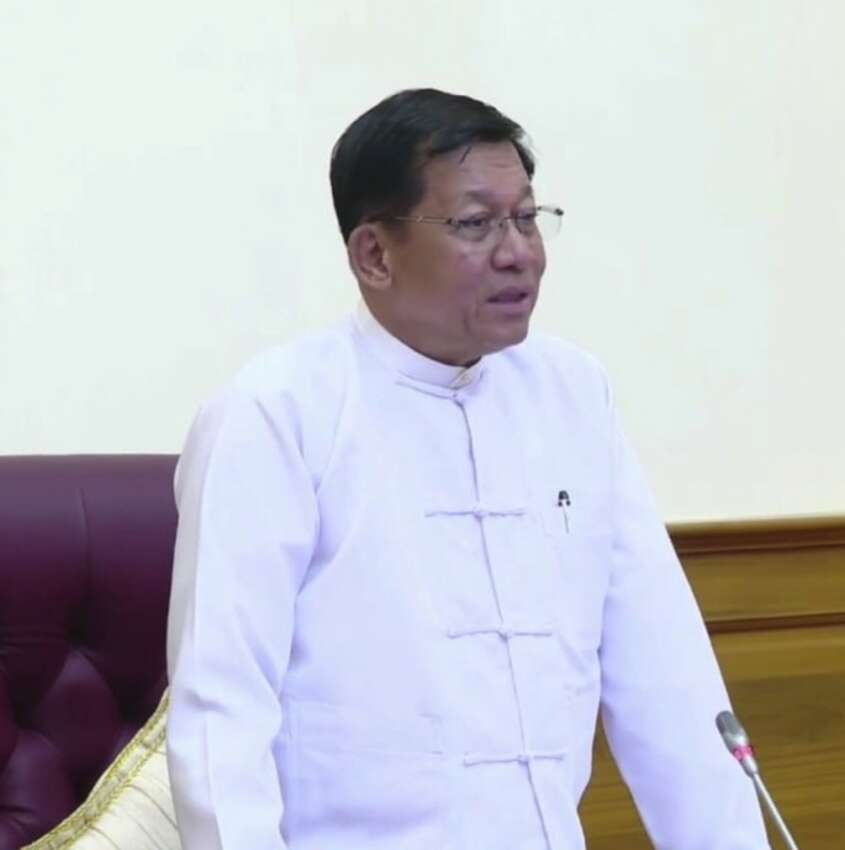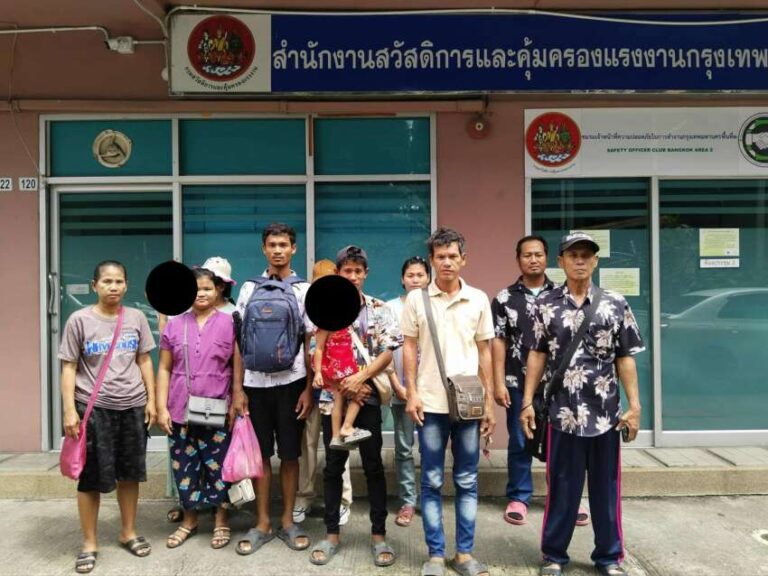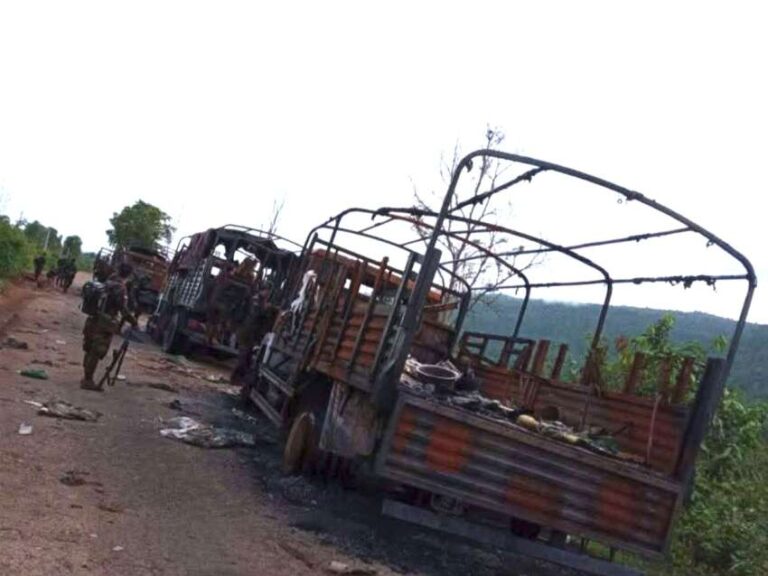
At a military council meeting in Naypyidaw, military council leader Min Aung Hlaing disputed the World Bank’s negative economic forecast for Myanmar, claiming their data and analysis were incomplete and inaccurate. The World Bank had previously projected Myanmar’s economy would grow by 2.5 percent but recently revised its forecast to a negative 2.5 percent decline. Min Aung Hlaing contested these projections, asserting they were based on incomplete information.
The military council leader stated that Myanmar’s GDP is expected to reach $76.4 billion in the 2024-2025 fiscal year, with projections of $81.6 billion for 2025-2026, targeting an increase of approximately $5.2 billion. However, the World Bank’s June report indicated that the March 28 earthquake, measuring 7.7 magnitude, would further deteriorate Myanmar’s economic situation by an additional $2 billion beyond previous estimates. According to the World Bank’s report, the earthquake caused approximately $11 billion in damages, equivalent to 14 percent of Myanmar’s GDP, with Naypyidaw and Mandalay being the most severely affected cities.
The World Bank’s report also highlighted that ongoing conflicts have severely impacted the country’s economic situation, with inflation projected to reach 34.1 percent by April 2025. Currently, over 3 million people are internally displaced, and the poverty rate is expected to exceed 30 percent in 2024. The military council leader addressed poverty indicators, suggesting that economic failures and natural disasters were potential causes of increased poverty rates. He proposed that since the majority of Myanmar’s population lives in rural areas, successful agricultural development could help reduce poverty levels. However, these statements come against the backdrop of widespread economic disruption caused by both natural disasters and ongoing conflicts throughout the country.



